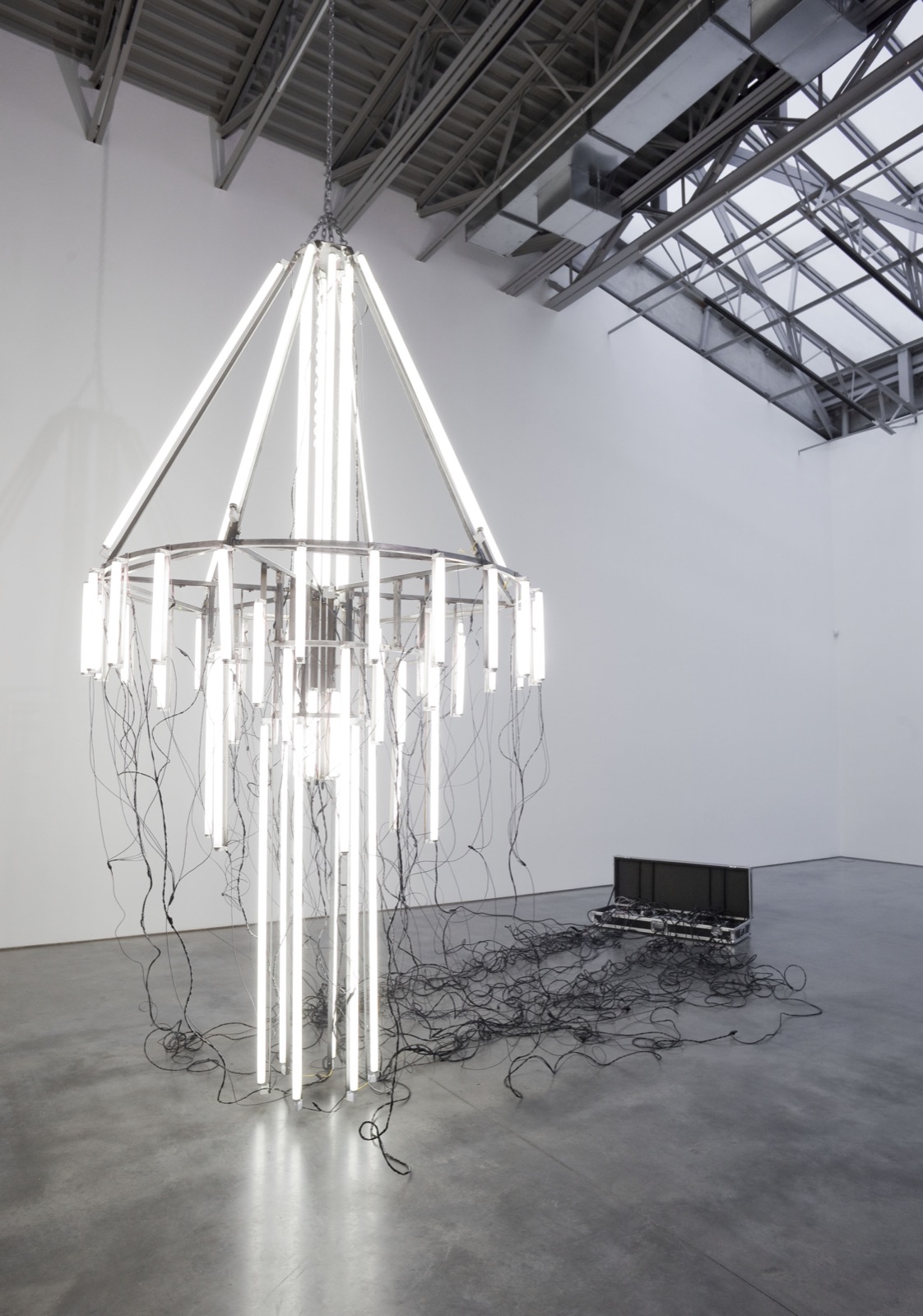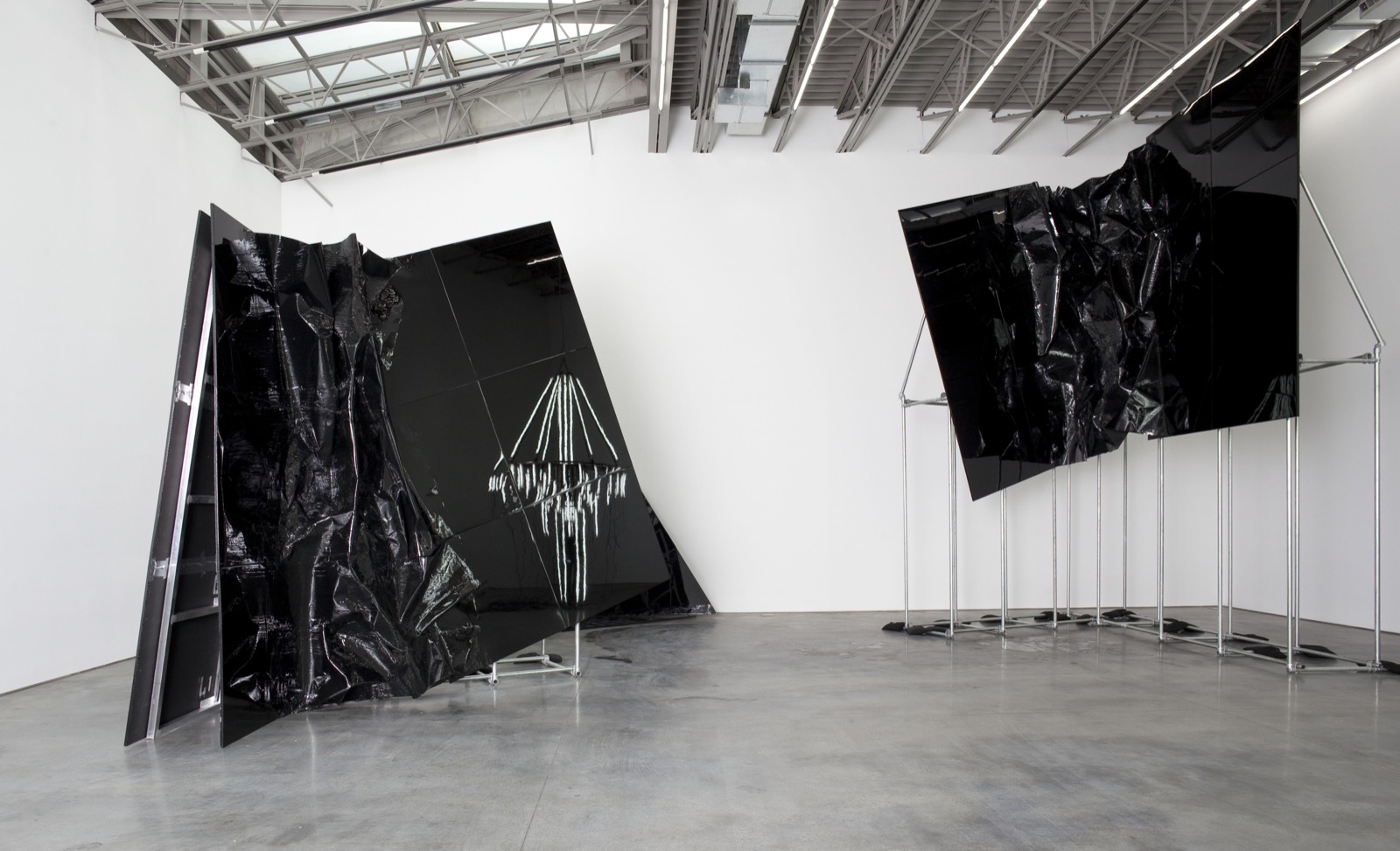“Death metal, ritual murder, and teenage suicide are starting points for Banks Violette”. That is what I found about you on internet. Was wondering if you have any comments on this?
Inasmuch as those are instances of faith/belief metastasising, I’d agree with that. I’m not drawn to tragedies as isolated events. Still, there are instances when an individual or a group becomes subsumed within a narrative with tragic outcomes, and that’s something I’ve always been particularly interested in—sort of a chicken/egg distinction, but it’s a pretty important one.
How did you start making art?
I’ve always made objects. It is just how I relate to the world: I just make things.
In one of your interviews, you say art is toxic; could you please explain?
I don’t remember saying that, so I’d need to know the context. Possibly that connects to the previous question. For example, I’m not interested in Goethe’s “Sorrows of Young Werther” as a thing unto itself. Still, I am interested in how it, as a cultural artefact, can become a vehicle for a seemingly irrational belief or devotion, which could fairly be described as “toxic”, at least in its consequence.
Is there a conceptual importance of specific materials you use in your installations? Do you use to work site-specific?
More broadly, the idea of a “signature” material in post-minimal sculpture has been interesting (lead, felt, etc.) – certainly in the use of salt, as an example.
 https://www.nastymagazine.com/wp-content/uploads/2021/01/Christina-Bothwell-x-Nasty-Magazine-015.jpg
985
1500
admin
https://www.nastymagazine.com/wp-content/uploads/2015/02/new-logo-basker-WHITE4.png
admin2021-01-07 16:01:552021-01-08 01:38:22Christina Bothwell / Soul perception
https://www.nastymagazine.com/wp-content/uploads/2021/01/Christina-Bothwell-x-Nasty-Magazine-015.jpg
985
1500
admin
https://www.nastymagazine.com/wp-content/uploads/2015/02/new-logo-basker-WHITE4.png
admin2021-01-07 16:01:552021-01-08 01:38:22Christina Bothwell / Soul perception
















